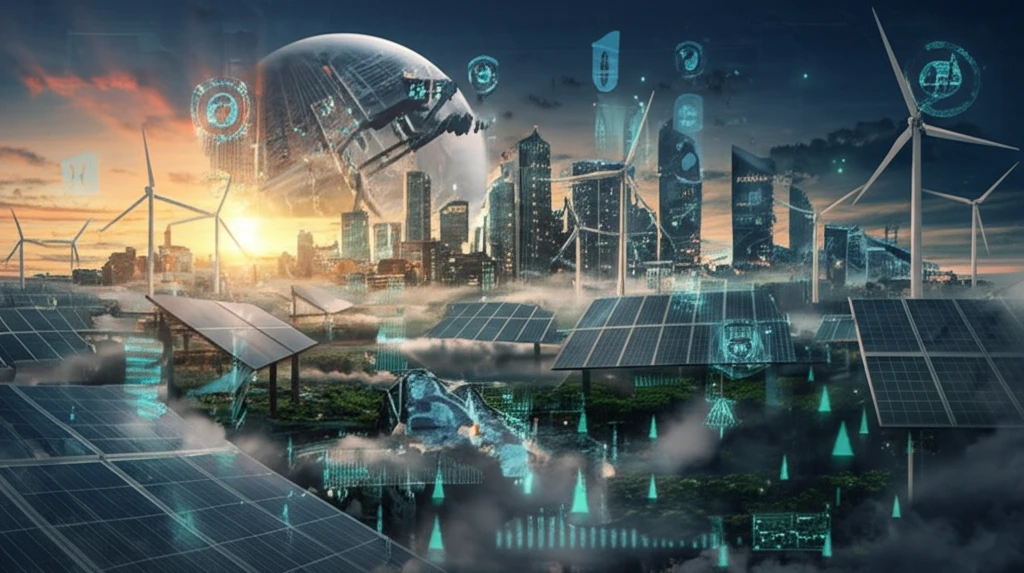
Decoding the Energy Transition: How Innovative Business Models are Powering a Sustainable Future
"Explore how the convergence of new business models and long-term financing is revolutionizing the energy sector, creating opportunities for investors and a greener future."
The energy sector is at a crossroads. Traditional models are being disrupted by technological advancements, evolving consumer behavior, and the urgent need for sustainable solutions. This transition requires a fundamental shift in how energy infrastructure is financed and managed.
Latin America, with its rapidly urbanizing population, faces immense pressure on its energy and urban services. The region's infrastructure gap demands innovative financing and business models that go beyond traditional public-private partnerships (PPPs).
Emerging technologies like distributed energy resources (DERs), electrification of transport, and digitalization of the grid are reshaping the energy landscape. These trends blur the lines between producers, distributors, and consumers, creating both challenges and opportunities for investors and policymakers.
What's Driving the Shift? Key Disruptors in the Energy Sector

Several factors are converging to disrupt the traditional energy landscape:
- Emerging Technologies: Electrification of transport and heating, distributed energy resources (DERs), and digitalization are transforming the power system.
- Changing Consumer Behavior: Technology empowers consumers to actively choose their energy sources and manage their consumption.
- Regulatory Challenges: Outdated regulatory frameworks struggle to keep pace with technological advancements and evolving market dynamics.
- Financing Gaps: Traditional funding sources are insufficient to meet the growing infrastructure needs, requiring innovative financing mechanisms.
Navigating the Future of Energy: A Call to Action
The energy transition presents both challenges and opportunities. By embracing innovative business models, adapting regulatory frameworks, and fostering collaboration between stakeholders, we can create a sustainable and resilient energy future. This requires a shift in thinking, a willingness to embrace new technologies, and a commitment to long-term sustainability.
